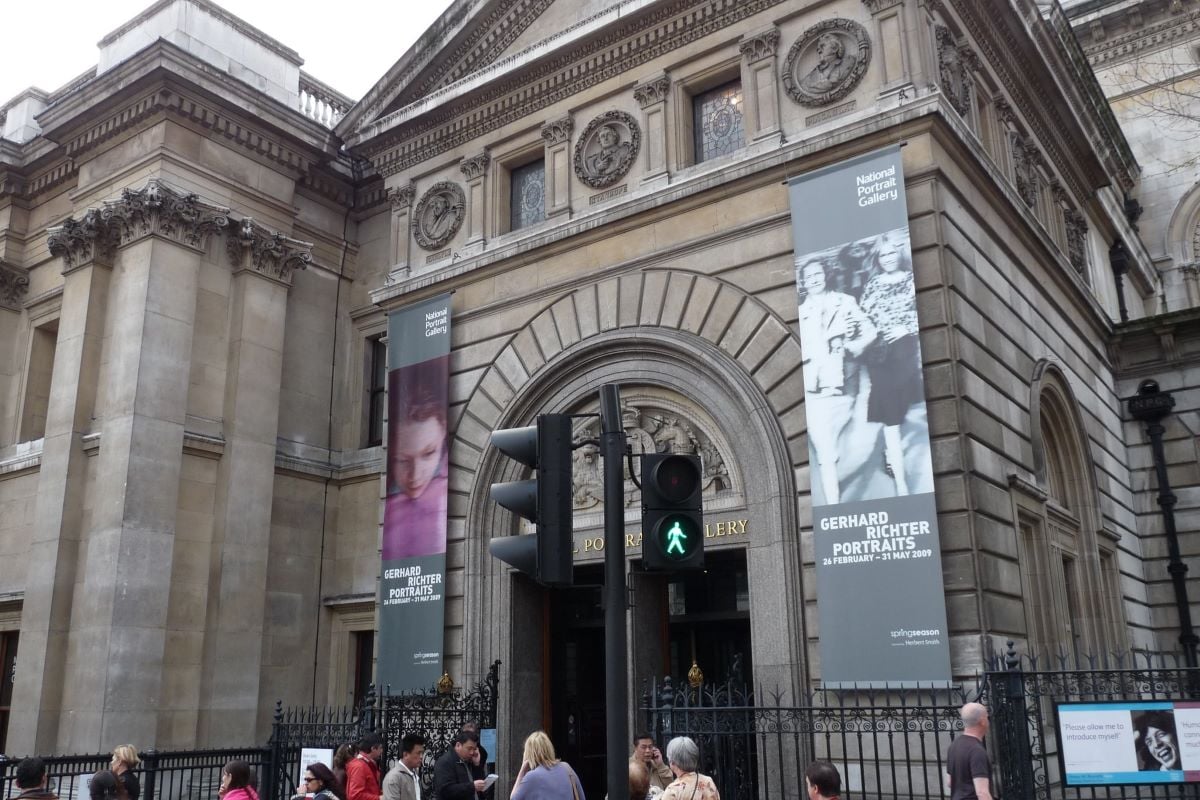
The National Portrait Gallery received the most funding from trusts and foundations between 2020 and 2022, totalling £6.6m
Photo: Ethan Prater/Creative Commons
Foundations granted arts more than £200m during pandemic
A report from the Paul Hamlyn Foundation shows arts and culture grants from trusts and foundations spiked in financial year 2020/21, before falling below pre-pandemic levels in 2021/22.
Trusts and foundations granted £207.6m to arts and culture between 2020 and 2022, according to data from the Paul Hamlyn Foundation.
The foundation’s latest report details funding from 18 trusts and foundations for the three financial years covering 2019 to 2022, immediately before and during the Covid pandemic.
The data shows that in 2020/21, trusts and foundations increased their expenditure on arts and culture by 38%, reaching £124.5m. However, in 2021/22 total expenditure fell to £83.1m, around £7m down on the amount donated in 2019/20.
READ MORE:
- LA funding survey: Fears of 'unsustainable' strain on trusts
- Donor revenue for cultural sector falls by a quarter
“Trusts and foundations reported a huge increase in the demand for funding due to Covid-19 bringing significant pressures,” the report says.
“The urgency and greater demand led to some grant-making processes becoming more streamlined and/or moving online, as well as evidence of greater flexibility towards grant-making and an increase in unrestricted funding.”
Changes in types of funding
The report breaks down the type of funding provided by trusts and foundations, uncovering changes over the three-year period.
The proportion of funding going to organisations and individuals increased considerably in 2020/21, the first year impacted by the pandemic. The report says this reflects emergency grant making, extensions of existing grant relationships and other Covid-specific funding that took place during the time.
In 2021/22, funding granted directly to organisations dipped below pre-pandemic levels but funding for individuals remained at a higher level both proportionally and in actual terms compared with before the pandemic.
In contrast, capital funding fell during 2020/21 before increasing to higher levels than before the pandemic. The report says this may be due to some trusts and foundations pausing capital funding, allowing capital grants to be repurposed, or capital programmes being put on hold during 2020/21.
The data set covering April 2020 to March 2022 includes 2,652 grant records, with just over 1,550 recipients. Awards between £140 and £2.5m were captured, with 95% awarded under £200,000.
The Tate Gallery was the most awarded organisation between 2020 and 2022, with nine grants, followed by the National Theatre and the Music Works, with eight. The National Portrait Gallery received the most funding over the same time period, totalling £6.6m, followed by the Royal Opera House (£3.7m) and National Theatre (£2.6m).
Of the 18 trusts and foundations surveyed, the Wolfson Foundation, Esmée Fairbairn Foundation, Garfield Weston Foundation and Paul Hamlyn Foundation were responsible for 75% of total grant spend on arts and culture across the three-year period, with the latter three spending more than £10m annually on arts and culture.
The findings from the Paul Hamlyn Foundation fall largely in line with research by Tessitura Network which found donor revenue to arts organisations dropped 25% year-on-year in 2022. Despite the decrease in total value, the number of supporters had increased to over 550,000.
Join the Discussion
You must be logged in to post a comment.